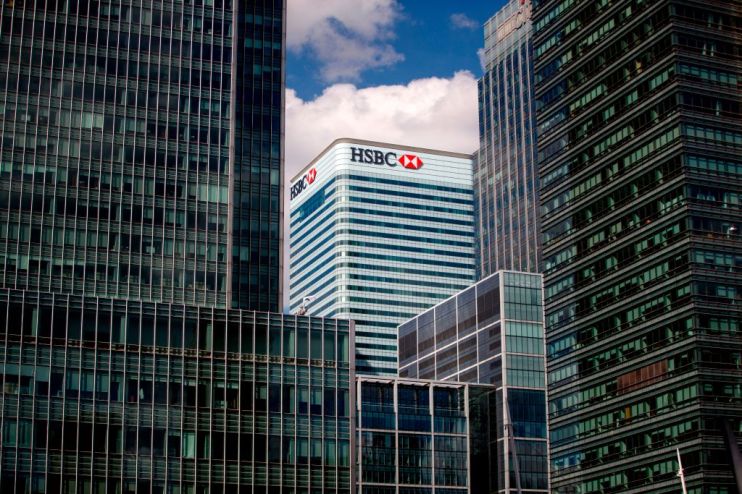HSBC to buy back $3bn in shares as profits more than double

HSBC announced yet another share buy-back programme as higher interest rates ensured that profit more than doubled in the third quarter.
Despite falling short of analyst expectations, the bank still posted a quarterly profit of $7.7bn (£6.3bn), up from $3.2bn (£2.6bn) in the same period last year. The higher rate environment helped lift revenue by 40 per cent.
Part of the increase last year was also due to a large impairment taken in the third quarter of last year related to the planned sale of HSBC’s French retail business.
Following the strong performance, the bank announced a further $3bn share buy-back scheme, bringing total buy-backs to $7bn (£5.7bn) this year.
Chief executive Noel Quinn said: “We have had three consecutive quarters of strong financial performance and are on track to achieve our mid-teens return on tangible equity target for 2023. There was good broad-based growth across all businesses and geographies, supported by the interest rate environment.”
The further round of capital distribution, which included a third $0.10 dividend, comes shortly after HSBC fought off a campaign to split the bank led by its largest shareholder, Ping An. The Chinese insurer was partly frustrated by the perceived lack of rewards for shareholders.
Although profit was much higher than last year, rising costs and impairments related to China meant that profit missed the $8bn (£6.5bn) expected by analysts.
Expenses were two per cent higher than last year due to higher technology costs and the impacts of rising inflation. Across the year as a whole, HSBC now expects costs will grow five per cent rather than the three per cent originally forecast. This excludes costs related to the takeover of Silicon Valley Bank UK.
Benjamin Toms at Royal Bank of Canada said “the market will likely focus today on the bank’s revised cost guidance” while Joseph Dickerson, equity analyst at Jefferies, said costs were “the likely area of controversy” for the bank.
HSBC also faced impairment charges of $1.1bn (£907m), including $500m (£412m) related to the commercial real estate sector in China, in line with expectations.
“We continue to monitor risks related to our exposures in mainland China’s commercial real estate sector closely, and there remains a degree of uncertainty in the forward economic outlook, particularly in the UK,” the bank said.
Exposure to the commercial real estate sector was under close scrutiny after Standard Chartered set aside more than expected to cope with problems in this area.
Quinn said the “major correction is over” in the commercial real estate sector, although he stressed “you should not equate the bottom of the market with no further issues”.
HSBC’s net interest margin (NIM) — a measure of the difference between what banks pay out and receive in interest payments — was 1.70 per cent across the third quarter. This was two basis points lower than last year as customers, particularly in China, migrated to term products.
Banks across the UK have reported that changing customer behaviour is eroding NIM, meaning the tailwind from rising rates looks to be coming to an end.